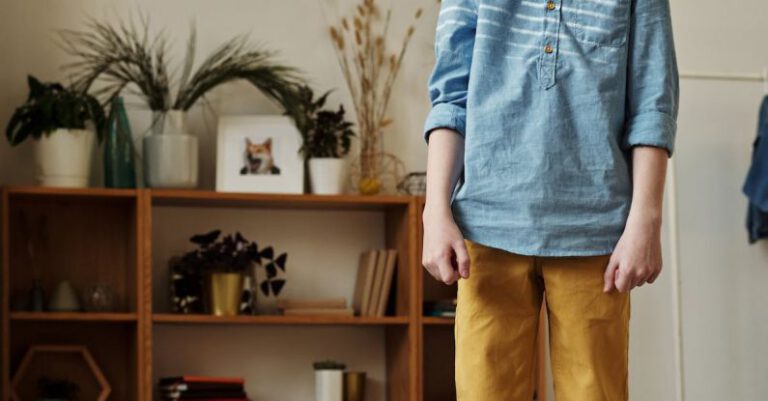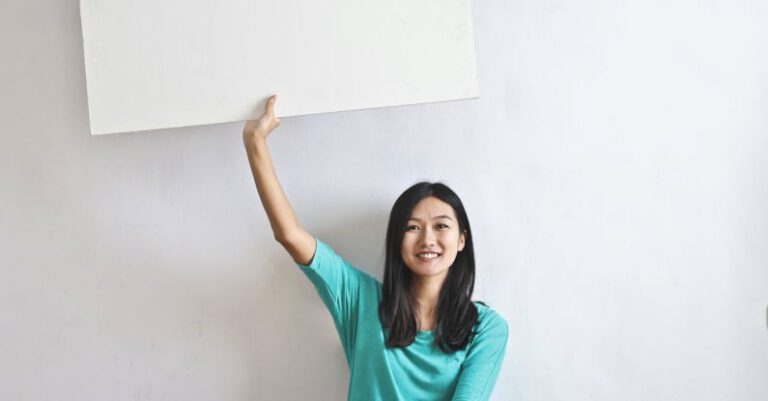How to Create an Inclusive Environment in Tape Art Workshops

Creating an Inclusive Environment in Tape Art Workshops
Tape art workshops offer a unique opportunity for individuals to unleash their creativity and explore the world of art in a dynamic and engaging way. However, to truly maximize the potential of these workshops, it is essential to foster an inclusive environment that welcomes participants of all backgrounds and abilities. By implementing a few key strategies, workshop facilitators can ensure that everyone feels valued, supported, and empowered to express themselves through tape art.
Understanding Diversity and Inclusion
Diversity and inclusion are not just buzzwords; they are essential elements of a successful tape art workshop. Diversity refers to the variety of backgrounds, experiences, and perspectives that participants bring to the table, while inclusion involves creating a supportive and welcoming environment where everyone feels respected and valued. By embracing diversity and fostering inclusion, workshop facilitators can tap into the full range of creative talents and perspectives present in the group.
Setting the Tone
Creating an inclusive environment begins with setting the right tone from the very beginning of the workshop. As a facilitator, it is important to establish clear ground rules that emphasize respect, collaboration, and open-mindedness. Encourage participants to listen actively to one another, share their ideas freely, and be open to different ways of thinking. By laying this foundation of mutual respect and understanding, you can create a safe space where everyone feels comfortable expressing themselves through tape art.
Encouraging Collaboration
Collaboration is a powerful tool for fostering inclusion in tape art workshops. Encourage participants to work together on projects, share ideas, and offer feedback to one another. By promoting a spirit of collaboration, you can break down barriers between participants and create a sense of community within the workshop. Collaboration not only enhances the creative process but also helps to build trust and empathy among participants, leading to a more inclusive and supportive environment.
Adapting to Different Learning Styles
Inclusive workshops recognize that participants have diverse learning styles and preferences. Some may learn best through hands-on activities, while others may prefer visual demonstrations or verbal instructions. As a facilitator, it is important to adapt your teaching methods to accommodate these different learning styles. Provide a variety of instructional formats, such as written instructions, verbal explanations, and hands-on demonstrations, to ensure that all participants can engage with the material in a way that suits their individual preferences.
Celebrating Individuality
In an inclusive tape art workshop, it is important to celebrate the unique talents and perspectives that each participant brings to the table. Encourage participants to express themselves authentically through their art and to embrace their individuality. By celebrating diversity and highlighting the strengths of each participant, you can create a supportive environment where everyone feels valued and empowered to share their creativity with the group.
Promoting Accessibility
Accessibility is a key aspect of creating an inclusive environment in tape art workshops. Consider the physical layout of the workshop space to ensure that it is accessible to participants with mobility challenges. Provide materials and tools that are easy to use for individuals with varying abilities. Be mindful of language barriers and provide translations or visual aids to help all participants understand the instructions. By promoting accessibility in your workshop, you can ensure that everyone has an equal opportunity to participate and contribute to the creative process.
Embracing Feedback and Continuous Improvement
Inclusive environments are built on a foundation of feedback and continuous improvement. Encourage participants to share their thoughts, ideas, and suggestions for how the workshop can be made more inclusive and welcoming. Be open to feedback and willing to make adjustments based on the input you receive. By embracing feedback and actively seeking ways to improve the inclusivity of your workshop, you can create a dynamic and engaging environment that meets the needs of all participants.
Embracing Diversity in Tape Art Workshops
Creating an inclusive environment in tape art workshops is essential for fostering creativity, collaboration, and community among participants. By understanding the value of diversity, setting the right tone, encouraging collaboration, adapting to different learning styles, celebrating individuality, promoting accessibility, and embracing feedback, workshop facilitators can create a space where everyone feels welcome and valued. By embracing diversity and inclusion, tape art workshops can become vibrant and dynamic spaces where creativity knows no bounds.





